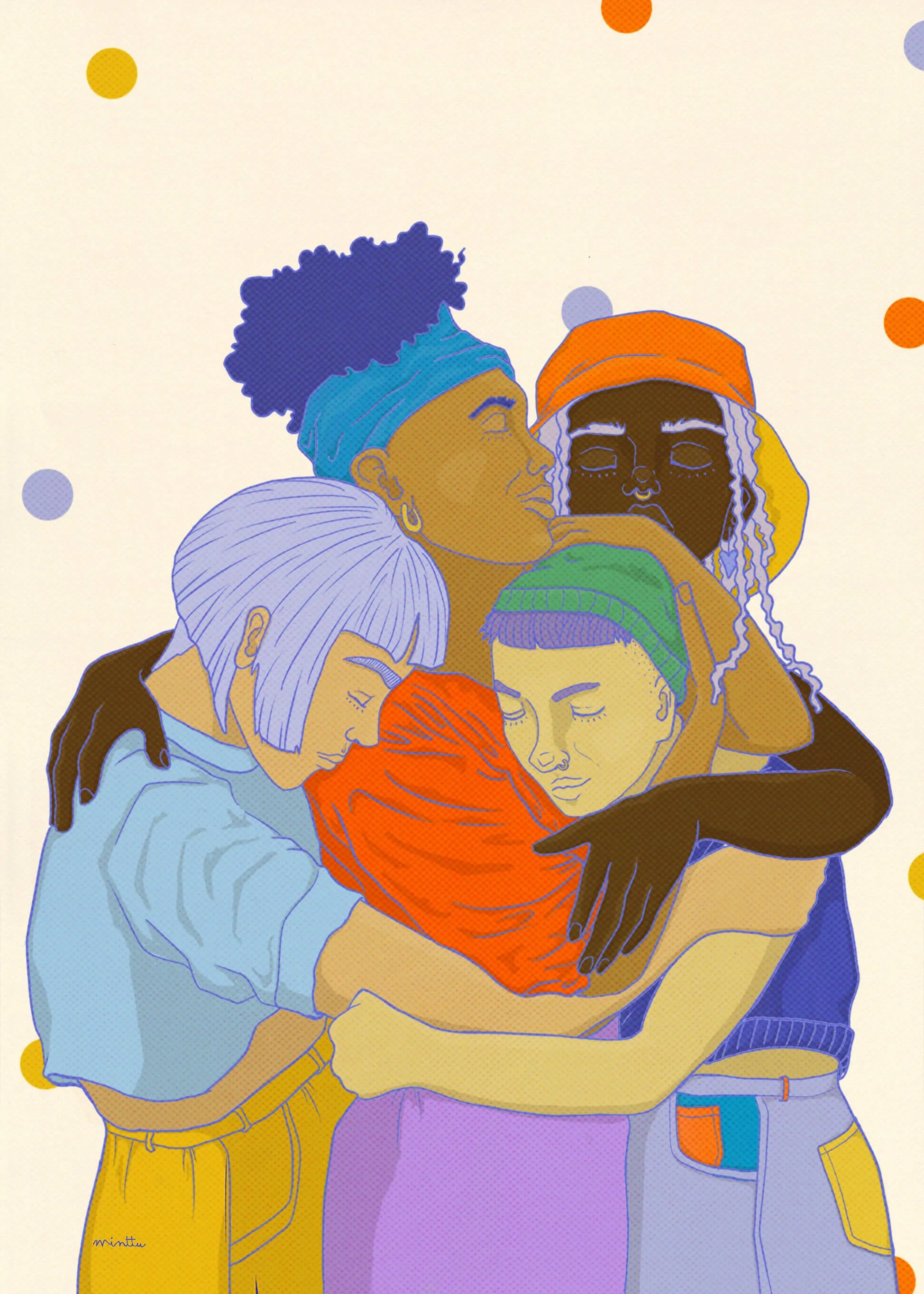Want to be inclusive? You need anti-oppressive content
How do we use our language to be less racist, ableist, classist, sexist and more? We often call this “inclusive” content. But inclusion isn’t enough. We need to be anti-oppressive.
No more nonprofit heroes
Racism, classism, sexism (and more) have created a ‘them and us’ narrative in the nonprofit sector. But we can change it.
Here are five practical ways your charity can address racism, sexism, classism and many other forms of discrimination, through your communications.
Nonprofits have a them and us problem
Nonprofits often exist to tackle inequality. But inequality is baked in. From our governance, fundraising and operations, to the way that we think about ourselves as ‘charitable’ or ‘good people.’
Here’s how the history of charities in the UK got us here, and why we need to change the narrative.
Pronouns are simple
Confused by pronouns? This guide explains what pronouns are, how to share them, ask for them, and what to do if you get them wrong.
The sacred power of words
A Q&A with Ettie Bailey-King about inclusive language and accessibility, why we need new metaphors for complex social problems, and how language can change the world.
Language that liberates: 10 practical tips for LGBTQIA+ inclusive language
What does LGBTQ+ inclusive language look like? How do you use singular “they”? How do you ask someone for their pronouns, or apologise if you get them wrong?
10 practical tips to include and empower LGTBQ+ people with your words.
How to make your website greener
Websites produce around a billion tonnes of carbon every year. If you want to take action for sustainability, you need to green your website. With practical tips like ditching custom fonts, chatbots and unnecessary analytics, this article shows you how.






